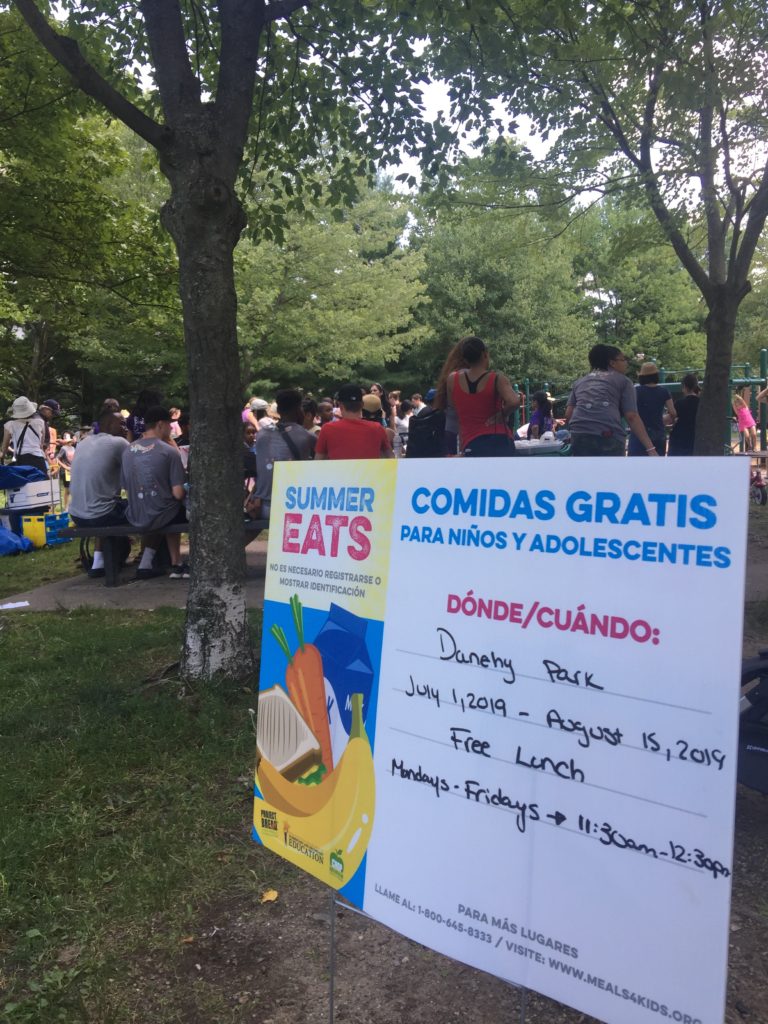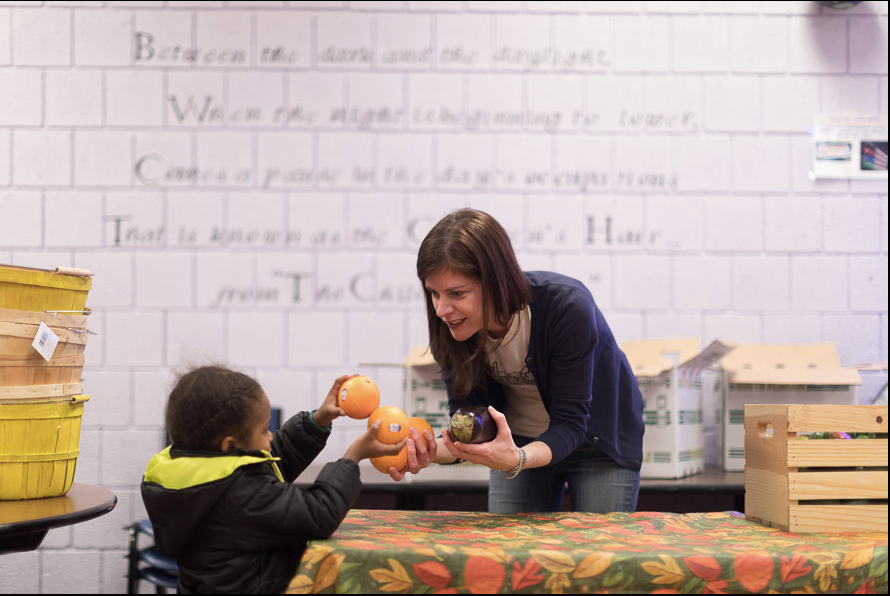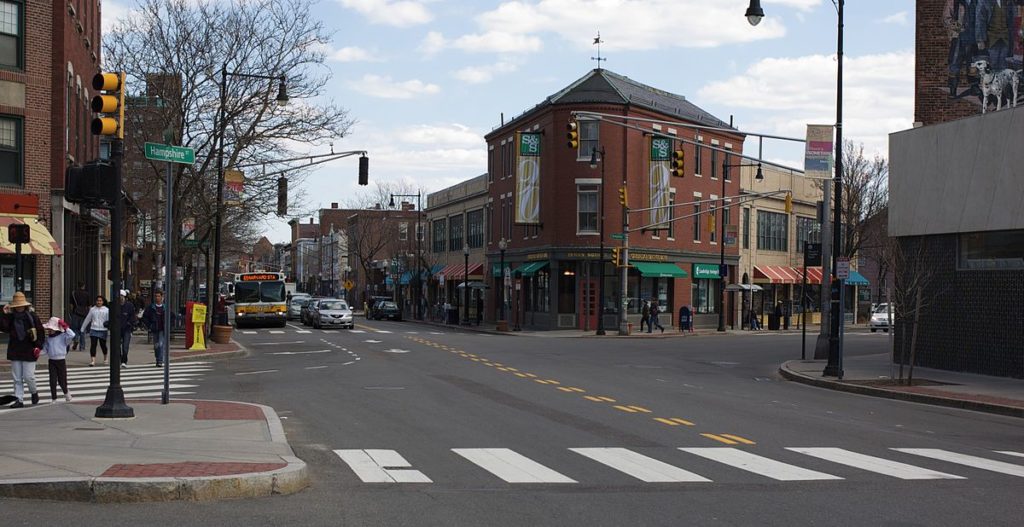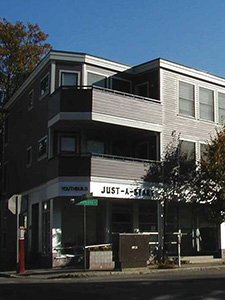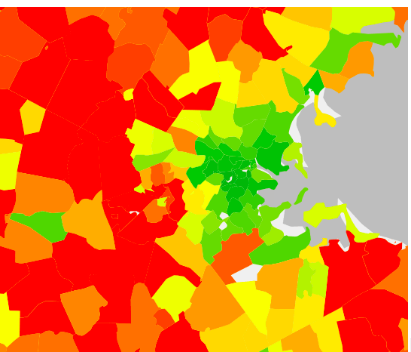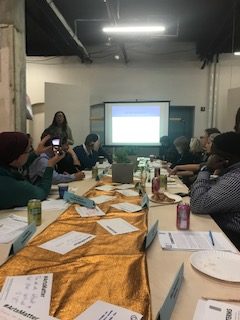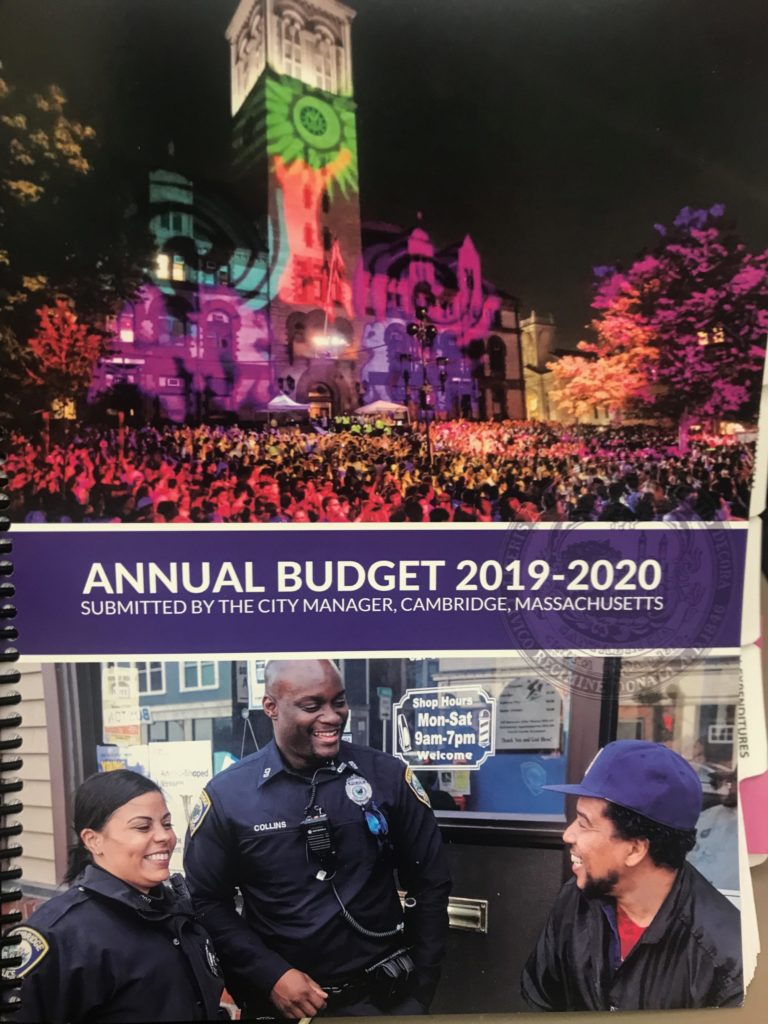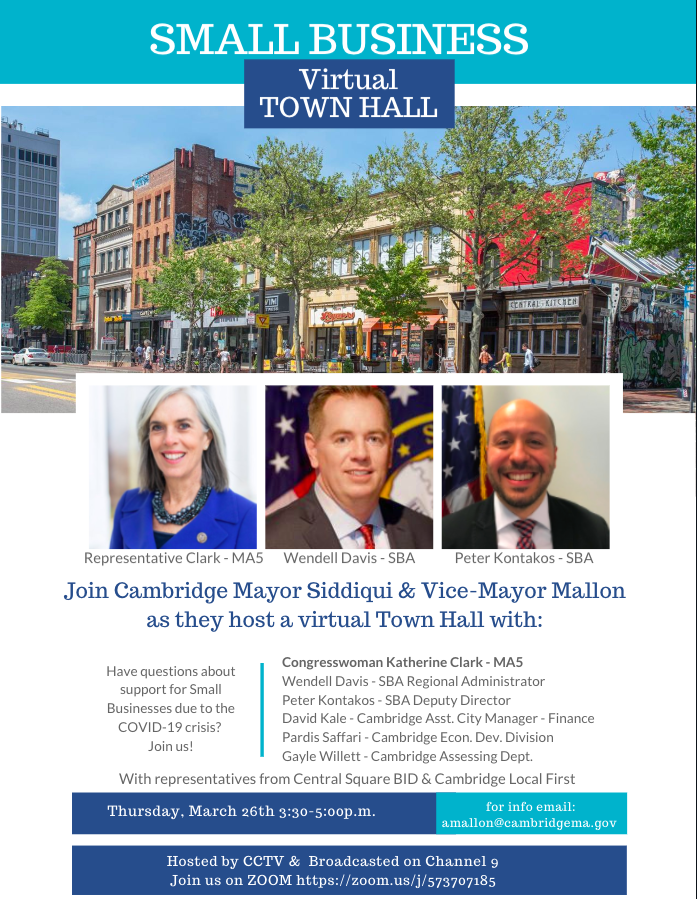
Yesterday, Mayor Sumbul Siddiqui and I were proud to host a Small Business Virtual Town Hall, the first in an upcoming series of themed virtual town halls the City will be holding on COVID-19, commonly known as Coronavirus. As I noted during our discussion, the city, state, and federal government are working hard to meet challenges presented by this unprecedented public health crisis, as we try to flatten the curve so we don’t overwhelm our hardworking health care professionals, and ultimately save lives. However, this response has had a devastating effect on our local economy and on the small, local businesses that make up this amazing community.
In the last two weeks, the small business and restaurant community has been negatively affected by this public health crisis in ways we cannot even begin to imagine. That’s why Mayor Siddiqui and I were grateful to have Michael Monestime, Executive Director of the Central Square Business Improvement District, and Theodora Skeadas, Executive Director of Cambridge Local First, share their crucial first-hand accounts of how Coronavirus has ravaged our small business community.
In this time of rapidly changing circumstance, our speakers, Congresswoman Katherine Clark, Wendell Davis and Peter Kontakos of the Small Business Administration, Pardis Saffari of the City’s Economic Development Division, and Gayle Willet from our Assessing Department touched on existing and future federal, state, and local economic policies to boost our economy, answered pressing questions from our small business community in real-time, and heard directly from concerned stakeholders on what they need from their government. While we were not able to answer each question during the Town Hall due to high demand, we are committed to developing a comprehensive feedback loop so everyone stays updated.
Although the City’s public response to COVID-19 has, so far, primarily focused on the health and safety of our residents, I can assure you that there have been countless meetings with City staff, local banks, large landlords, and more on how to uplift our small businesses during these challenging times. Supporting our “Main Streets” will be an utmost priority over the next several months, so that when we are able to transition out of this crisis, we will have a recognizable Main Street, and our beloved local businesses will still be there for us.
At the federal level, it is heartening to see an emphasis on small businesses in the economic stimulus packages, and I am thankful for hearing from Representative Clark on how it will translate into serving our community needs, whether it be grant opportunities for small businesses and nonprofits, or newly instituted unemployment benefits for contractors and gig workers. With the recent news that our public schools are likely not to open until early May, we understand that our community will weather this crisis for several more weeks, and that supporting our local economies at every level of government is imperative.
Here in Cambridge, our Economic Development team is working overtime to develop innovative partnerships and support measures. The City recently launched a partnership with local restaurants to provide meals for our homeless residents who are no longer served by the groups that they were before this pandemic hit, and more new programs are underway. Just yesterday, Cambridge’s Small Business COVID-19 Relief Grant was announced to support U.S. Department of Housing and Urban Development-eligible businesses with a grant of up to $6,000. We are also looking into how the Mayor’s Disaster Relief Fund could be adapted to help not just residents, but our small businesses too. As an ongoing education effort, we are communicating with residents on how they can best support their favorite local businesses, including the creation of a public database noting each businesses’ operational status.
While we are lucky enough to be in no short supply of mental capital here in Cambridge, there are exciting initiatives both in the State and across the country helping small, local businesses that we are studying to see if similar programs could be created here. Mayor Domenic Sarno of Springfield, Massachusetts recently announced a “Prime the Pump” grant program for restaurants, supplying a $15,000 grant to restaurants who have shifted to a take-out model. New York City’s “Employee Retention Program,” will help small businesses with one to four employees retain their workers. Up to 40% of payroll costs for eligible businesses experiencing lost revenue will be covered for two months, up to $27,000. Meanwhile, San Diego, California just announced a $6.1 million economic relief package for struggling small businesses impacted by Coronavirus. A City-supported relief fund will award zero-interest micro-loans for affected businesses, and this package is expected to expand in the coming weeks. As the Chair of the City Council’s Economic Development and University Relations Committee, I look forward to further exploring additional ways the City and our community can support our Main Streets.
This is undoubtedly a complex and challenging time to be a small business, but I am hopeful that with all the work being done at the local, state, and federal levels to uplift our small, local businesses, we will have a recognizable Main Street and a strong local economy when this public health emergency has ended. As the City continues to introduce new programs, resources, and supports for our local economy, you can stay updated by clicking here. Alongside the already-established sections on financial, technical, and workforce assistance for small business leaders on the City’s website, we hope to add an FAQ list from this Town Hall conversation. To listen to our Town Hall conversation, click here.


